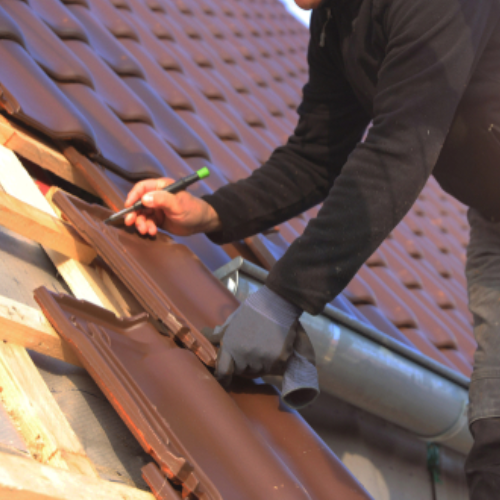Roofing is a important part of structure for several important causes:
Protection from the Elements: One of the first capabilities of a roof is to offer shelter and protection from environmental components similar to rain, snow, wind, and extreme temperatures. It prevents water from getting into the building, which might cause structural damage, mold progress, and other issues.
Structural Integrity: Roofs play a vital position in sustaining the structural integrity of a building. They distribute the weight of the roof and any masses (e.g., snow) evenly to the walls and basis. A well-designed and properly constructed roof ensures the stability and security of the complete construction.
Aesthetics and Design: Roofs are a visual and prominent a part of a constructing's exterior. Architects use roof design to boost the overall aesthetics of a construction. The form, materials, and style of the roof can contribute to the architectural character and enchantment of a constructing.
Environmental Considerations: Sustainable structure places an emphasis on power effectivity and environmental responsibility. Visit this link and design can influence a building's vitality efficiency. For instance, cool roofs can replicate extra sunlight and take in less heat, lowering cooling costs and concrete heat island effects.

Natural Lighting and Ventilation: Roof design can incorporate options like skylights, dormers, and roof vents to supply natural lighting and ventilation inside a building. This can enhance indoor consolation and cut back the need for synthetic lighting and mechanical ventilation.
Historical and Cultural Significance: In some architectural styles, such as Gothic or Victorian, the roof can be a key component that displays the historic and cultural context of a constructing. Roof particulars and shapes can tell a narrative about the period in which a construction was constructed.
Space Utilization: Roof design can create additional usable space within a constructing, such as attic rooms, rooftop gardens, or out of doors residing areas. Architects typically think about tips on how to maximize space and functionality when designing roofs.
Energy Efficiency: Energy-efficient roofing materials and design can contribute to a constructing's general power efficiency. Proper insulation and air flow can help regulate indoor temperatures and cut back heating and cooling prices.
Safety and Fire Resistance: Roofing supplies are chosen with safety in mind. Some materials, like fire-resistant roofing, might help stop the unfold of fires in a building, offering valuable time for occupants to evacuate.
In abstract, roofing is a fundamental aspect of structure that combines practical and aesthetic concerns. It not only protects the interior of a constructing from the elements but additionally contributes to the overall design, sustainability, and security of a construction. Architects fastidiously think about roofing materials, shapes, and features to realize their design goals whereas guaranteeing the comfort and well-being of constructing occupants..
